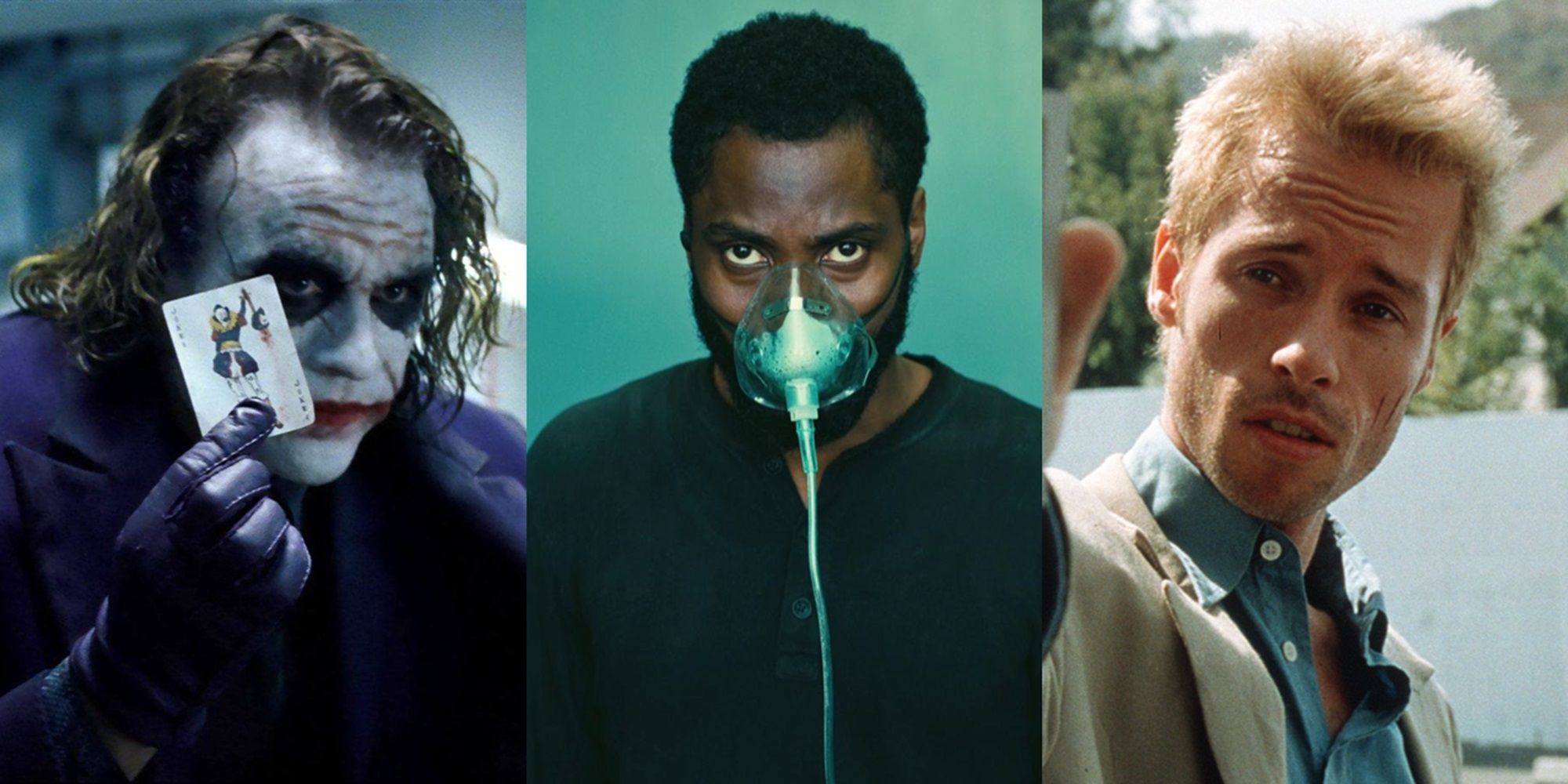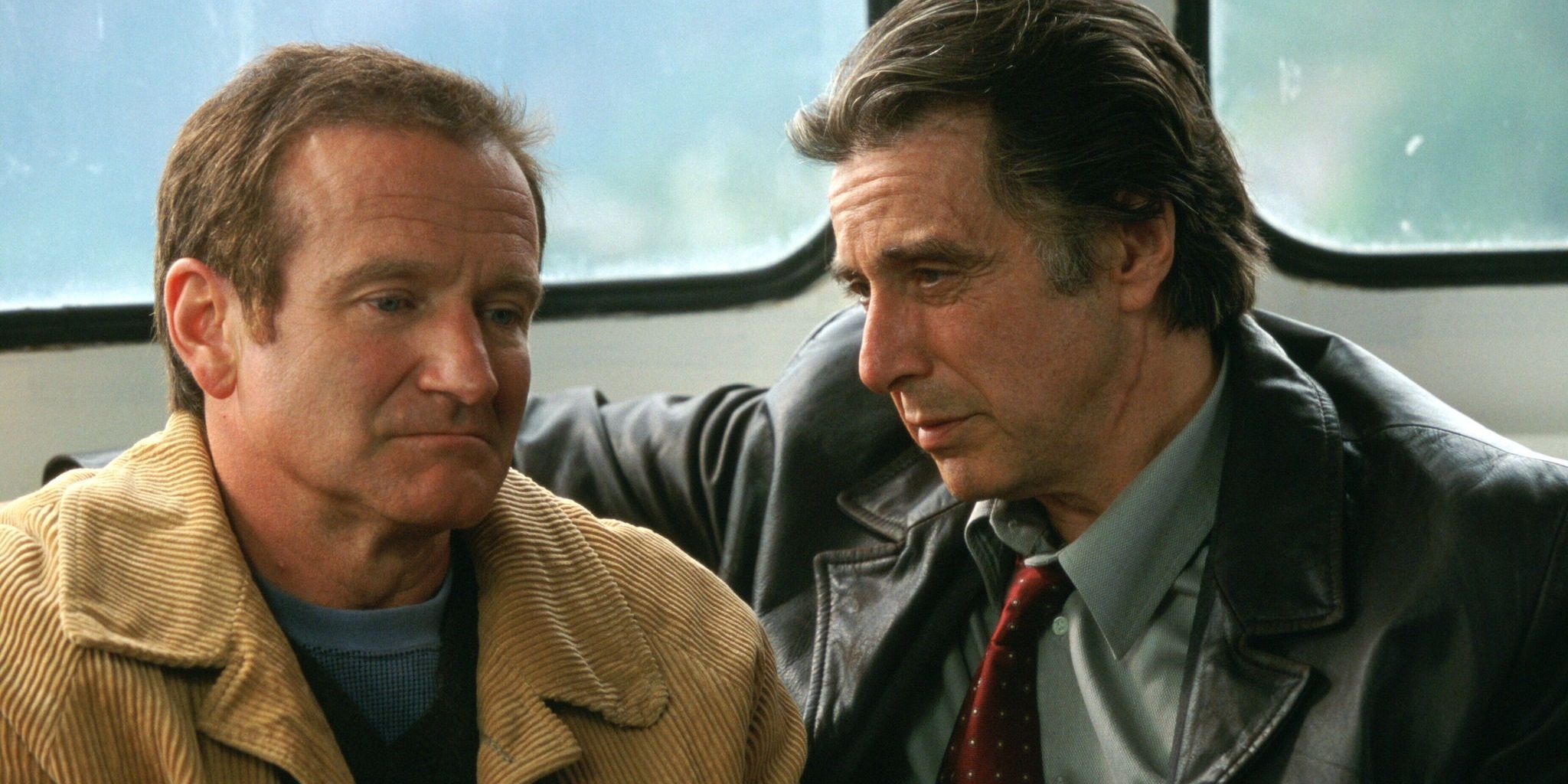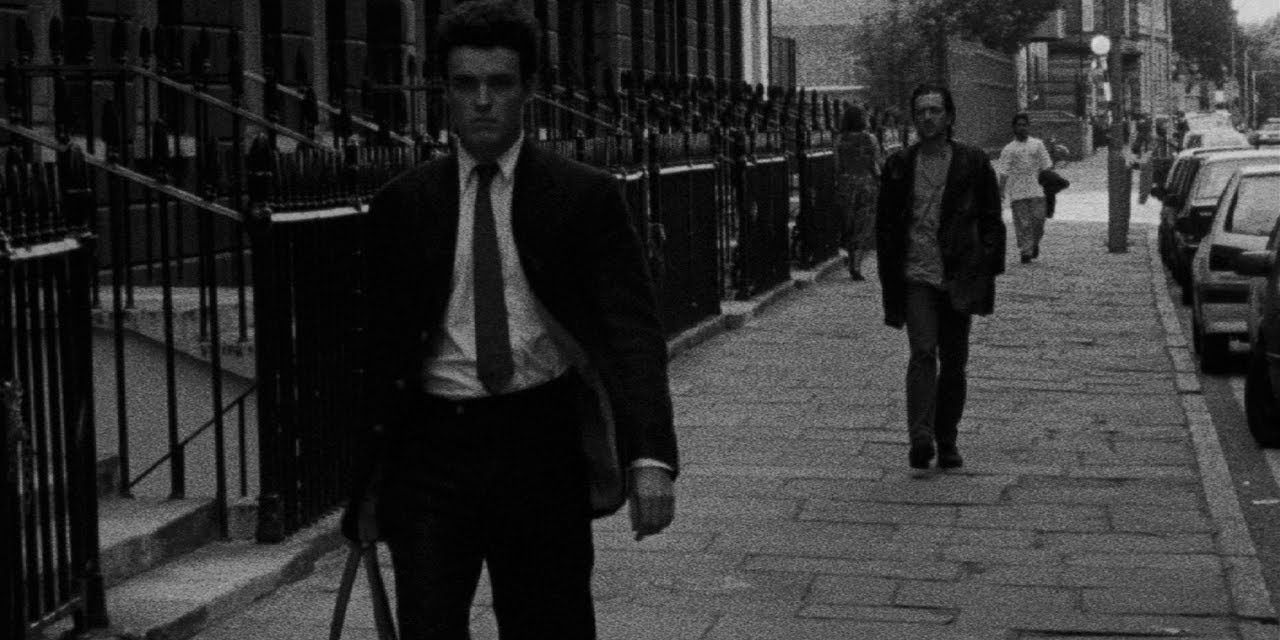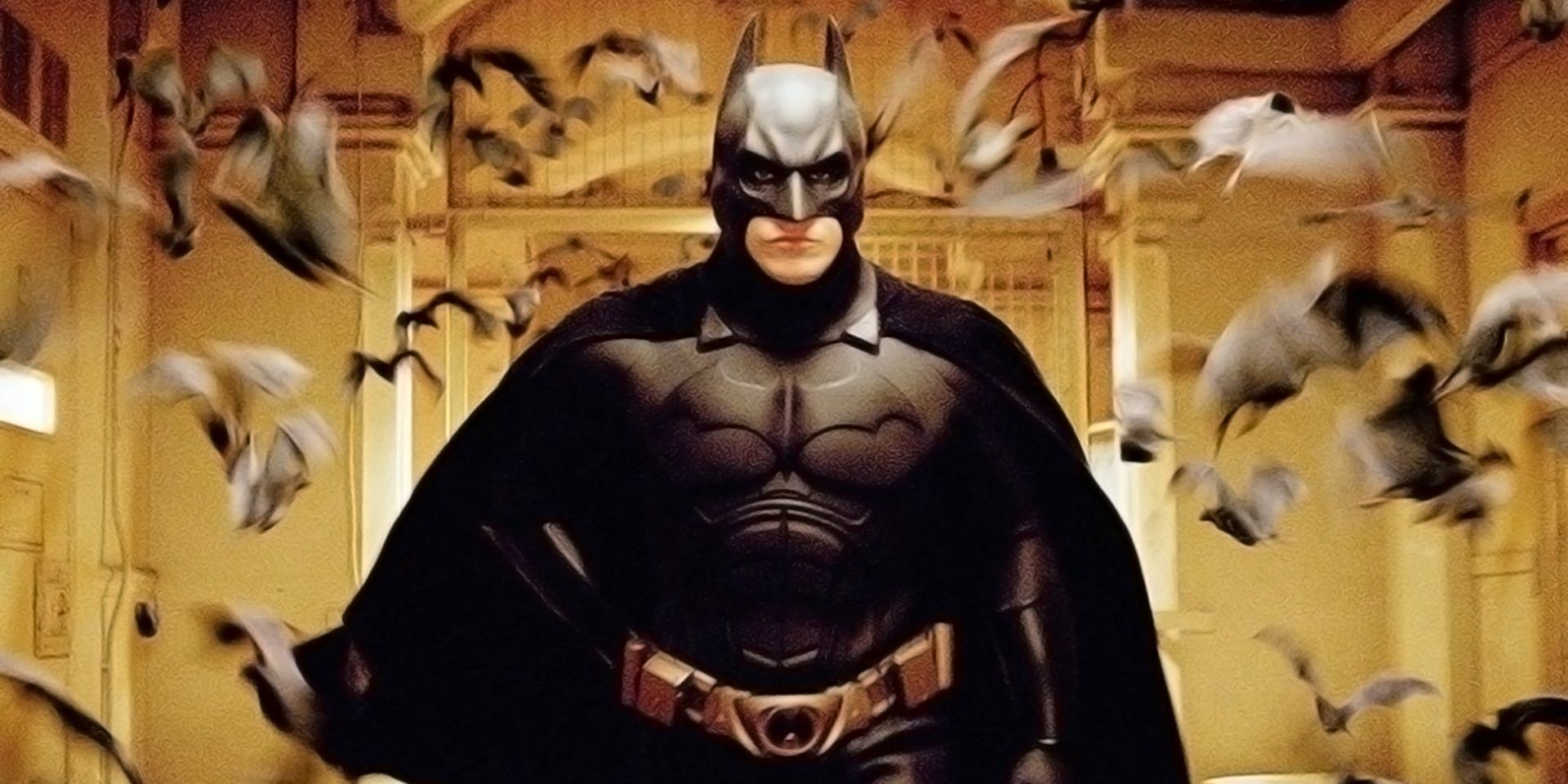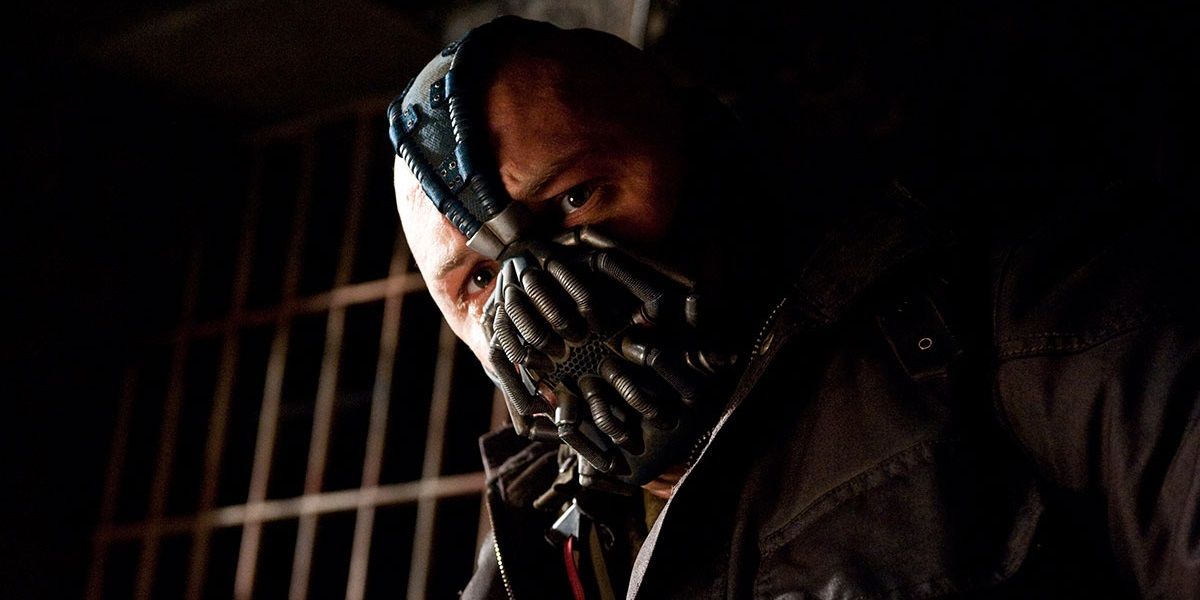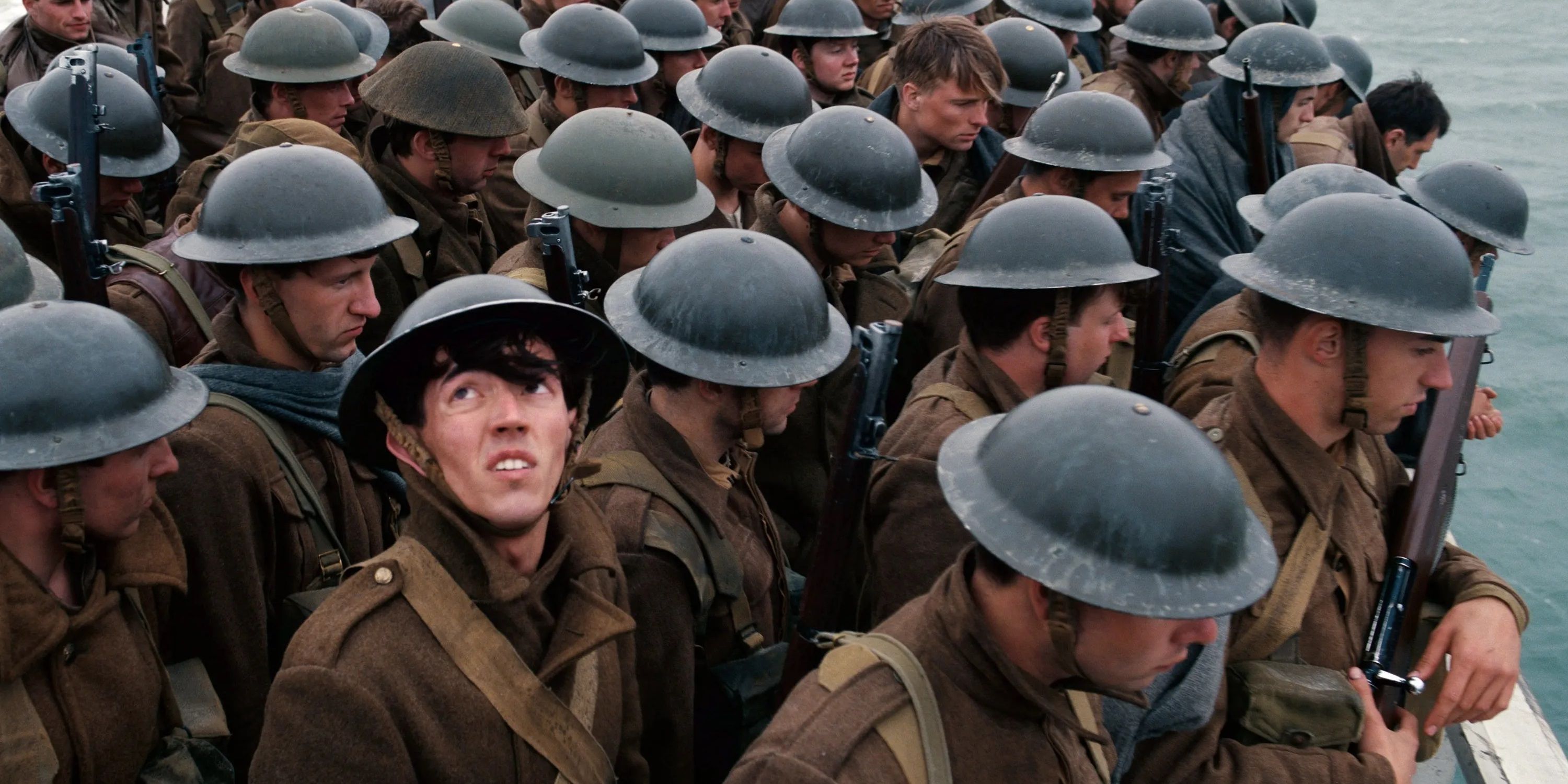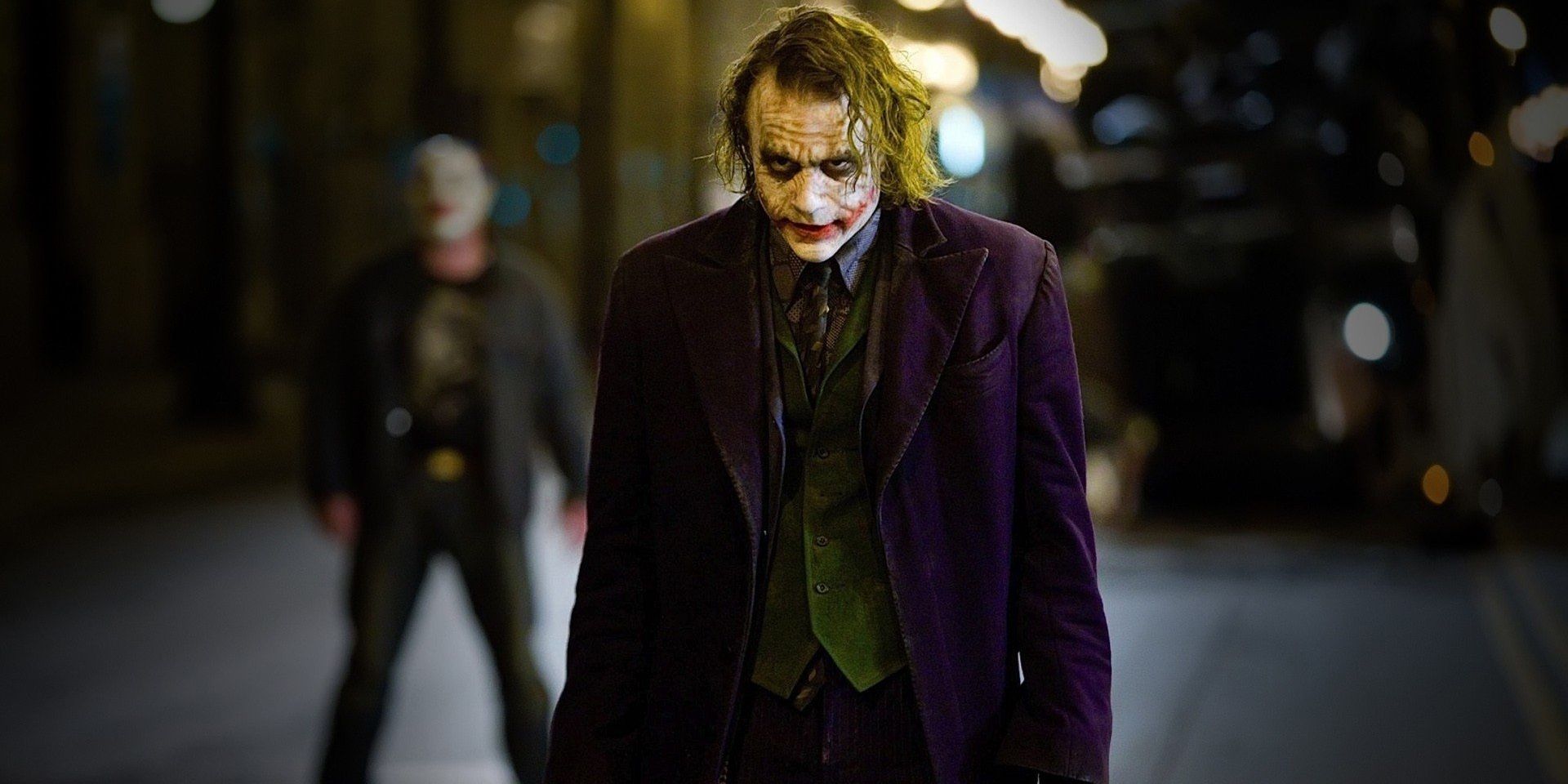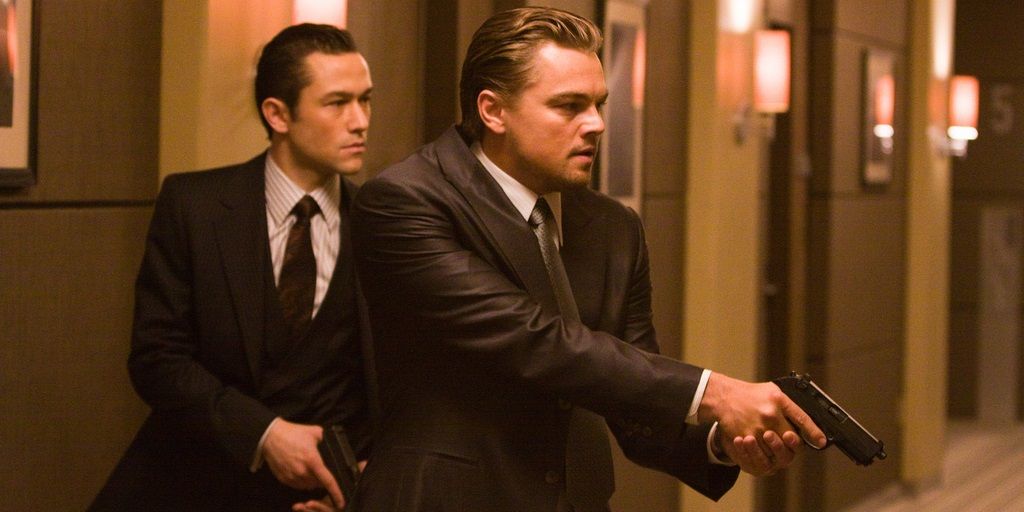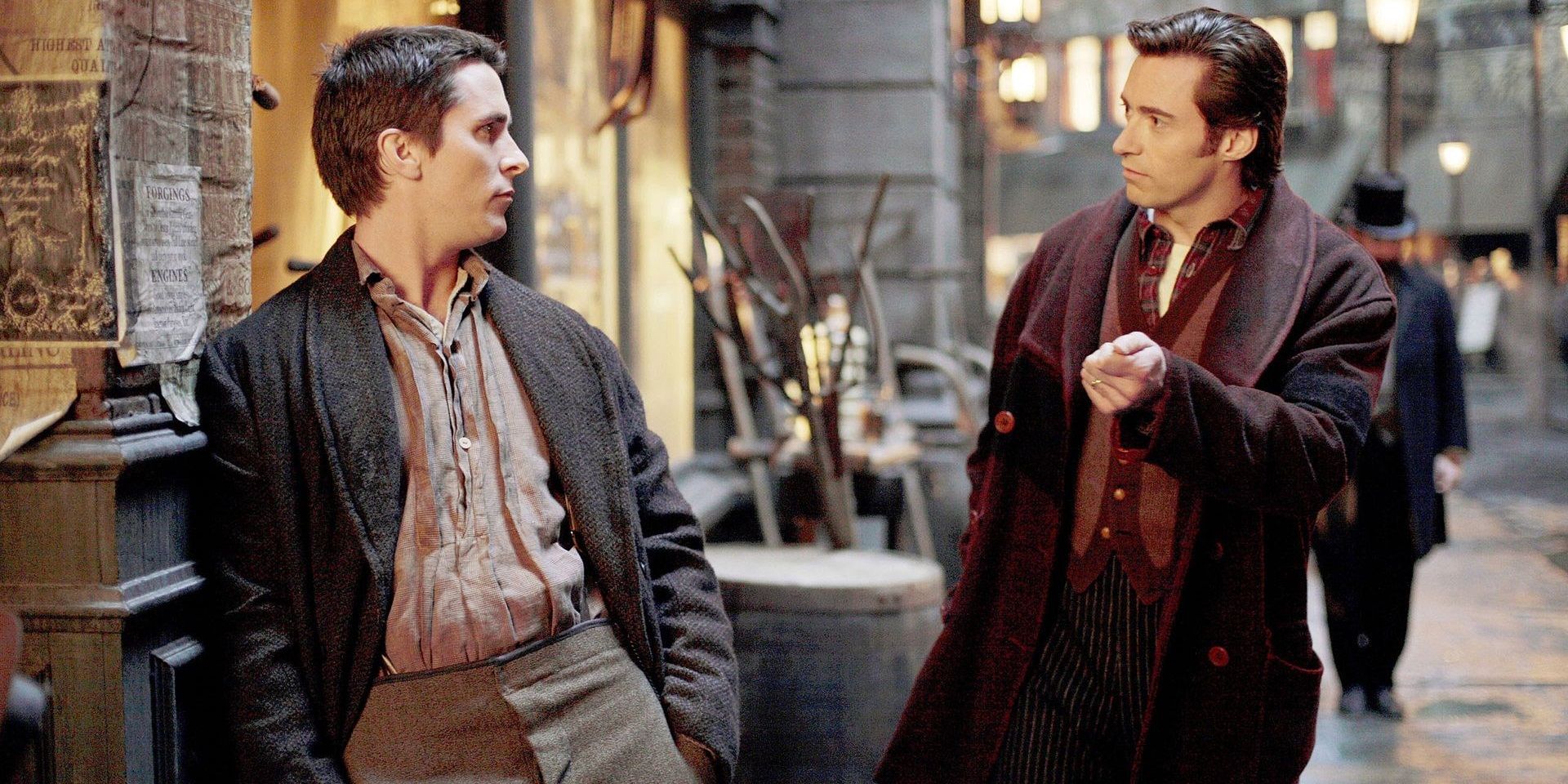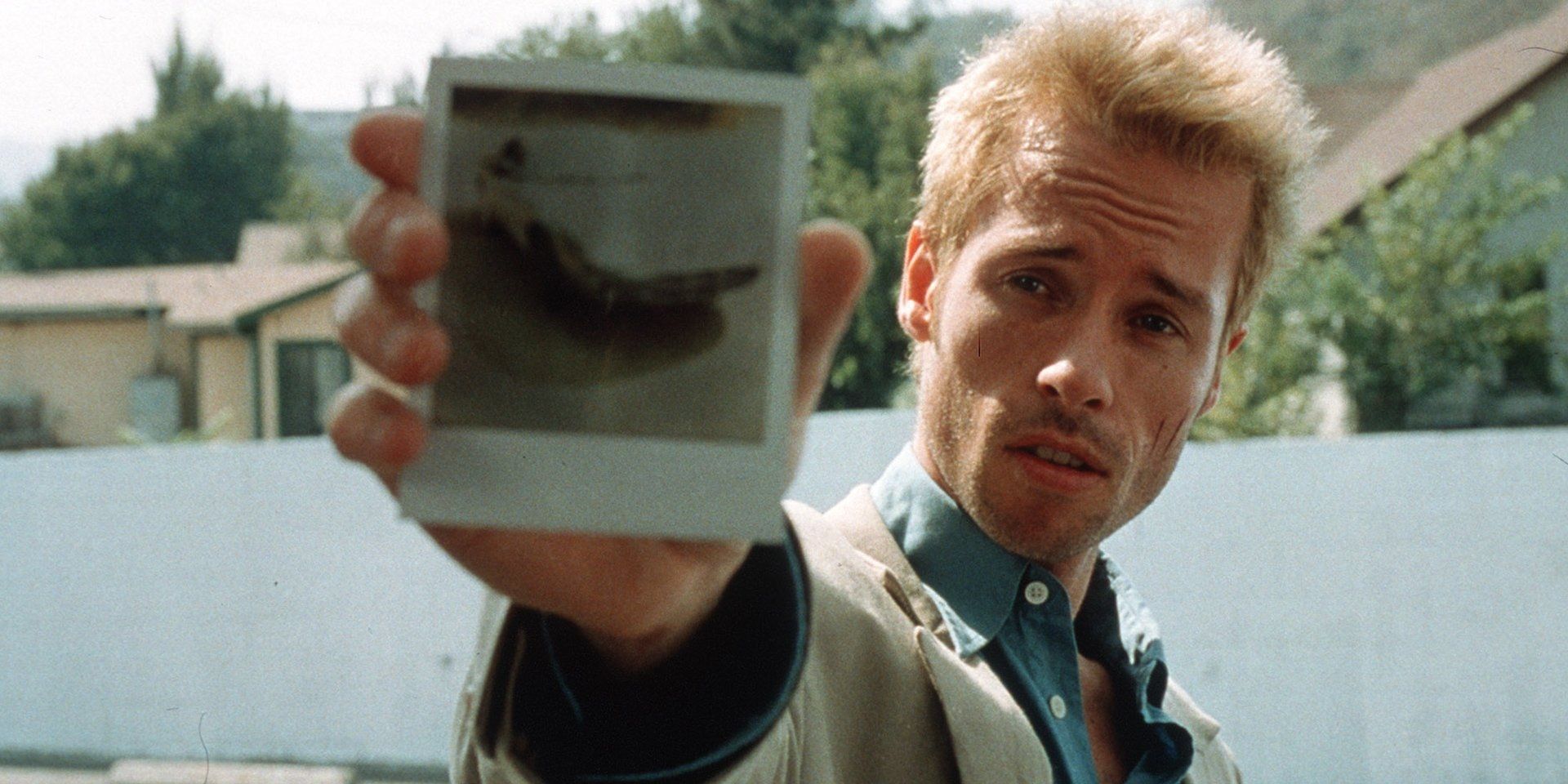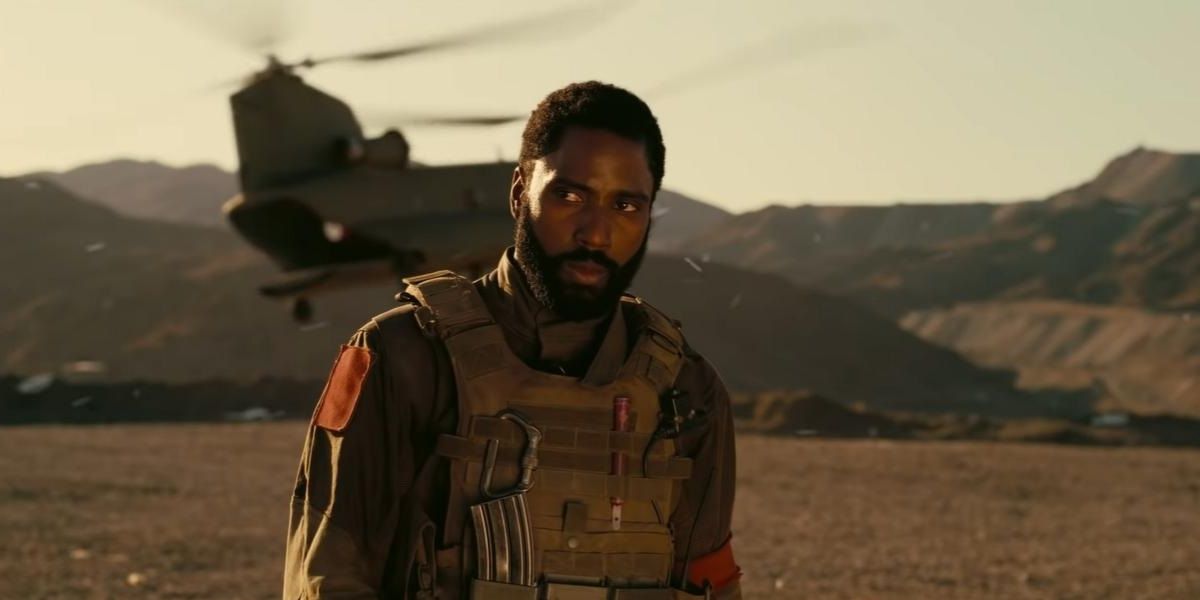Christopher Nolan is currently hard at work on his next movie, a biopic of theoretical physicist J. Robert Oppenheimer dramatizing his work on the Manhattan Project, primed for a summer 2023 release. As with all of Nolan’s movies, this complex World War II-era science thriller won’t allow audiences to switch off their brain.
Every Nolan movie is complicated enough that the narrative twists end up going over some inattentive viewers’ heads. But some of his films, like Insomnia and Batman Begins, are easier to follow than others, like Inception and Tenet.
Insomnia (2002)
The easiest Nolan film to follow is his only remake – and also one of his only jobs as a director-for-hire – Insomnia, adapted from the 1997 Norwegian film of the same name. Insomnia is a straightforward crime thriller about a cop chasing a killer.
As with any effective crime thriller, there are some surprising twists along the way, but those twists don’t involve inverting the protagonist’s timeline or delving into multiple dream levels, so the plotting is pretty painless by Nolan standards.
Following (1998)
Nolan’s micro-budget debut feature, Following, is a soft noir that revolves around a writer who starts following strangers to inspire his work and ends up getting drawn into a criminal conspiracy. For the most part, this simplistic story is self-explanatory.
Some audience engagement is required for the final twist, as the writer is framed for a murder he didn’t commit, but it’s nowhere near as baffling as some of Nolan’s later twist endings.
Batman Begins (2005)
Nolan explored the Dark Knight’s origin story in more depth than ever before in Batman Begins. Not only did he show the murder of the Waynes that inspires Bruce’s vigilante career later in life; he showed how Bruce developed a fear of bats and where he trained to fight so well.
The most confusing part of Batman Begins is its nonlinear structure, jumping between Bruce’s childhood and his training with the League of Shadows, but it’s a relatively standard comic book movie – albeit with a game-changing gritty tone – compared to its sequels.
The Dark Knight Rises (2012)
The grand finale of Nolan’s Batman trilogy, The Dark Knight Rises, is a mega-scale epic that overextends its reach in a futile bid to top its predecessor. The movie is framed as a comic-booky riff on A Tale of Two Cities that stages the French Revolution on the streets of Gotham.
The narrative is conveyed in easy-to-follow broad strokes like Bane blowing up every bridge in and out of town and the entire police force getting trapped in tunnels underneath the city.
Dunkirk (2017)
Nolan’s dramatization of the Dunkirk evacuation, aptly titled Dunkirk, is one of his most intense creations and a worthy addition to the canon of masterfully crafted World War II movies. The film’s portrayal of the evacuation is pretty straightforward, but as always, Nolan manipulates time.
Dunkirk follows three concurrent storylines set across vastly different timelines. An hour in the air, a day at sea, and a week on the beach are all cross-cut together in the film’s razor-sharp edit.
The Dark Knight (2008)
The second chapter of Nolan’s Batman triptych, The Dark Knight, has the most complex plotting in the trilogy by far. Inspired by Michael Mann’s Heat, The Dark Knight is a sprawling crime epic about a terrorist destabilizing an American city; the terrorist just happens to be the Joker and the city happens to be Gotham.
The Dark Knight has several simultaneous story threads to keep track of, but the IMAX action sequences ensure that the movie is entertaining even to viewers who can’t follow the plot.
Interstellar (2014)
With his 2014 epic Interstellar, Nolan tackled the cold emptiness of space with the same visual flair and social commentary as Stanley Kubrick. In a near-future where Earth’s natural resources are rapidly drying up, a team of astronauts searches the universe to find humanity a sustainable new home.
This movie jumps all over the place, with the astronauts in space aging much slower than the family they left behind on Earth, but the symbolism is pretty accessible.
Inception (2010)
Possibly Nolan’s most popular and acclaimed non-Batman movie, Inception is a heist film set in the dreamscape. The thieves in this heist story aren’t trying to steal money or jewelry; they’re trying to steal an idea from their target’s mind by infiltrating his dreams.
When the characters are spread across multiple dream levels, all moving at different speeds, Inception gets pretty convoluted. But thanks to Nolan’s steady-handed direction and Lee Smith’s meticulous editing, attentive viewers can easily follow the plot.
The Prestige (2006)
In between his first and second Batman movies, Nolan helmed The Prestige, a twisty thriller about the feud between two rivaling magicians in 19th-century London. Early in the film, Nolan establishes the three stages of a successful magic trick: the pledge, the turn, and the prestige.
The director structured the movie itself like a magic trick. The first act is full of setups, the second act is full of misdirecting twists and red herrings, and the third act is full of payoffs and resolutions.
Memento (2000)
The psychological thriller that put Nolan on Hollywood’s radar, Memento, about an amnesiac man’s quest to find his wife’s killer, is split into two halves. The black-and-white scenes play out in chronological order, while the color sequences tell the story backwards.
At the end of the movie, these two timelines finally intersect and provide the audience with answers, but that audience has to pay close attention to get there.
Tenet (2020)
Nolan’s latest directorial effort, Tenet, is easily his most befuddling work to date. The time-traveling spy-fi epic sees a James Bondian secret agent, known only as “The Protagonist,” being recruited by a mysterious organization that manipulates the flow of time while carrying out their missions.
The movie gets plenty of visually stunning action beats by reversing shots of firefights and car crashes, but the mythology that goes into explaining the time travel is so needlessly complicated that it takes a few viewings to even make sense of it – and when the twist does finally make sense, it’s not worth the mental gymnastics.

